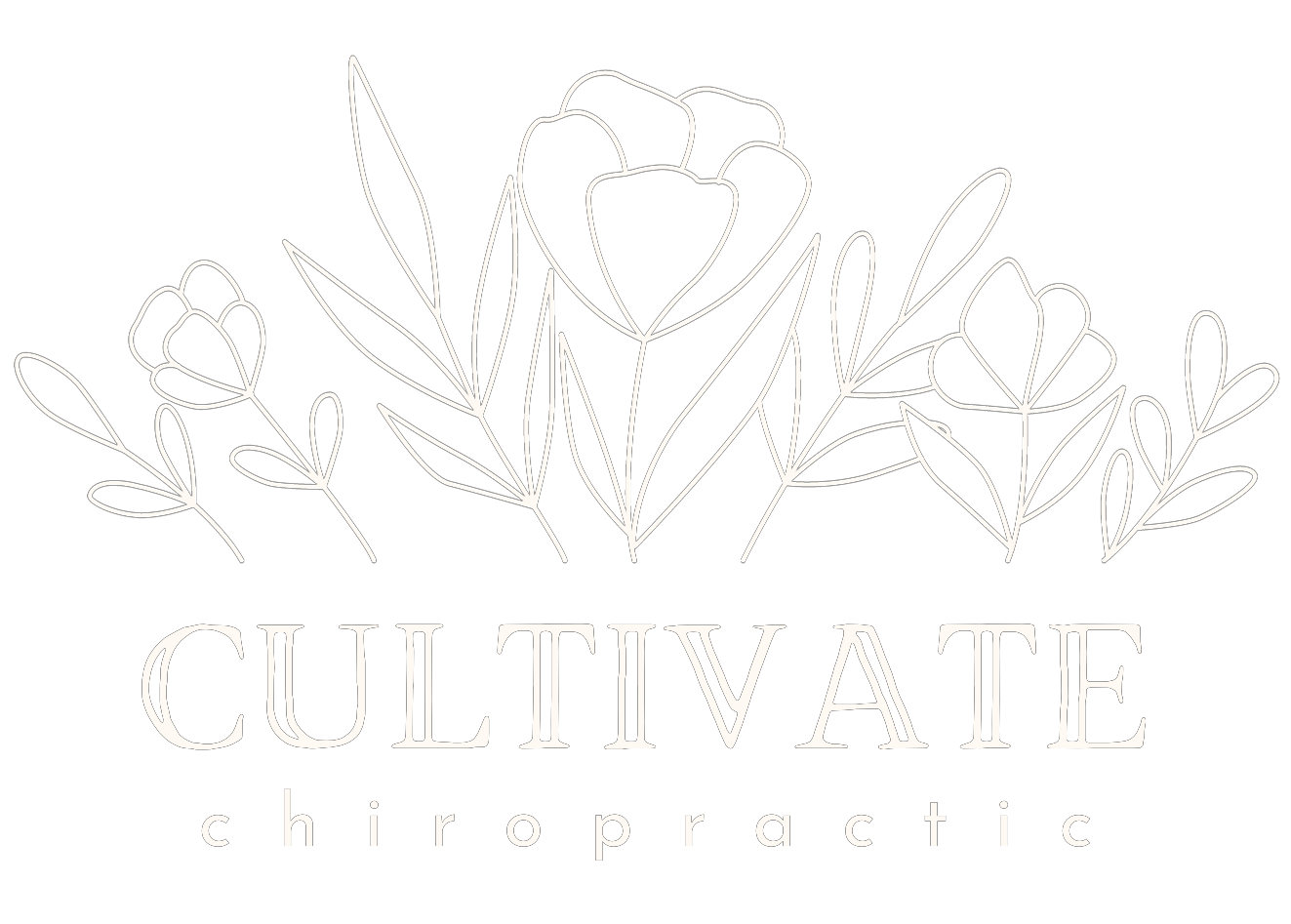Pediatric Nutrition: Healthy Food Relationships
Disordered eating is a growing concern across the United States. While we often associate it with clinical diagnoses like anorexia or bulimia, the truth is that disordered eating also includes patterns that contribute to the country’s rising obesity rates. At its core, many children and adults struggle with developing a healthy relationship with food—and that relationship begins early in life.
Helping children build a strong foundation with food involves more than just offering healthy meals. It’s about teaching them how to think, feel, and respond to food in a balanced way. There are three key components to nurturing that connection:
Intellectual understanding
Physical awareness
Emotional responsibility
1. Intellectual Understanding: Teaching the “Why”
The intellectual component involves educating kids on what different foods do for their bodies. When children understand the why behind their food choices, they’re more likely to make empowered decisions.
For example:
“Chicken has protein to help you build strong muscles.”
“Eating carrots will make your eyes stronger so you can see better in the dark!”
“This broccoli will make your bones strong so you will be the toughest kid on your soccer team.”
“The rice and beans in our burrito have carbs to give us energy at the park this afternoon.”
By connecting everyday foods to tangible benefits, kids begin to view meals as more than just taste—they start seeing food as fuel. This perspective lays the groundwork for smart choices as they grow.
2. Physical Awareness: How Food Makes Us Feel
The physical component of a healthy food relationship involves recognizing how certain foods make the body feel. This helps kids listen to their bodies and connect food with function.
Try guiding your child through this awareness:
After a nutritious snack (like an apple with almond butter), ask: “How do you feel now? Do you feel more awake or energized?”
If they overeat or have a heavy, greasy meal and feel sluggish or sick afterward, gently help them connect that feeling to what they ate.
Avoid labeling foods as strictly “good” or “bad.” Instead, teach your child to evaluate how foods affect them physically. This approach encourages mindfulness without guilt.
3. Emotional Responsibility: Finding Balance
This is often the trickiest part of developing a healthy food relationship. Eating naturally brings pleasure—our bodies release feel-good hormones during digestion. But if food becomes the primary way a child copes with stress or emotions, it can lead to unhealthy habits.
Encourage your child to explore a variety of emotional coping strategies such as:
Talking with a trusted adult
Journaling
Movement or exercise
Mindfulness or breathing exercises
At the same time, remind them that it’s okay to enjoy food! Eating “fun” foods is part of life, and labeling treats as “bad” can cause guilt or shame. The key is to teach balance—understanding that food can be both nourishing and enjoyable.
Final Thoughts
At Cultivate Chiropractic, we take a holistic view of health—and that includes the relationships children build with food and their bodies. Supporting your child’s nutrition journey means focusing on knowledge, awareness, and emotional growth. By laying this foundation early, you help shape confident, balanced eaters for life.
Need support navigating nutrition or other wellness concerns for your child? We’re here to help. Contact us to learn more about our pediatric care and whole-family wellness approach.

